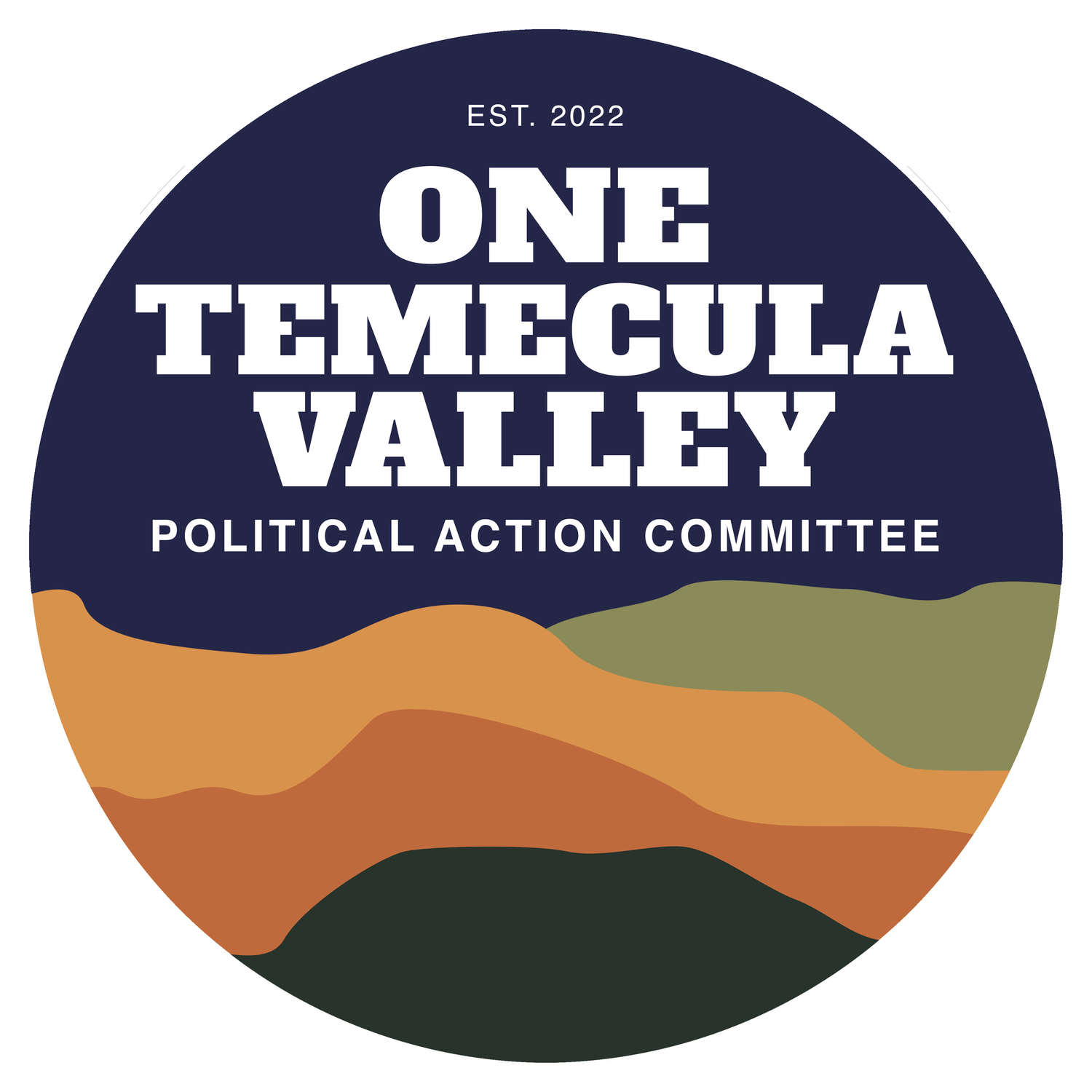The Discriminatory Impact of Banning Flags in Schools
AI-assisted content
Flags are powerful symbols. They can represent pride, heritage, identity, and a sense of belonging. In schools, where students and staff from diverse backgrounds come together, flags often serve as tools of inclusion and education. Unfortunately, some school districts have enacted policies banning flags other than those representing the United States, state, or local government. While such policies might appear neutral on the surface, their discriminatory undertones cannot be ignored.
In fact, the Temecula Valley Unified School District was forced to rescind a previously passed Flag policy after the Public Employment Relations Board (PERB) ruled in favor of the Temecula Valley Educators’ Association (TVEA), the charging party.
TVEA had filed a complaint for unfair labor practices because the previous board majority had pushed these policies through without following proper process or negotiation — against sound legal advice.
But there is a good chance that both the Flag policy and another rescinded policy, the Parental Notification policy, will be revamped in an attempt to push through for passage in the near future.
Flags as Symbols of Identity and Belonging
For many students, especially those from marginalized communities, flags such as the Pride flag, cultural heritage flags, or flags symbolizing movements for equality provide a sense of visibility and acceptance. When a student sees a flag that represents their identity, they feel seen and valued in their school environment. These symbols tell students that they are not alone and that their identities are acknowledged.
By restricting the display of flags, schools may inadvertently — or intentionally — send a message that only certain identities or communities are worthy of representation. This can alienate students who are already vulnerable to bullying or exclusion.
A Cloak for Discrimination
Proponents of such bans often argue that the policy is meant to avoid "controversy" or maintain "neutrality." However, neutrality that silences marginalized groups is not neutral at all — it is an active choice to prioritize certain voices over others. For instance, banning the Pride flag under the guise of neutrality fails to acknowledge the ongoing discrimination faced by LGBTQ+ students, who benefit from visible affirmations of their identity.
Additionally, these bans can disproportionately impact students of specific cultural or ethnic backgrounds. Banning cultural heritage flags erases opportunities to celebrate diversity and educate students about the rich histories and traditions of their peers.
The Chilling Effect on Expression
Schools are meant to be places where students feel safe to express themselves, learn, and grow. When certain forms of expression are prohibited, it creates a chilling effect that stifles dialogue and understanding. Banning flags other than government-sanctioned ones signals to students that they must suppress parts of their identity to conform to arbitrary standards.
This suppression can have long-term consequences on students' mental health and self-esteem. Studies consistently show that students who feel included and represented perform better academically and socially.
Contradicting Educational Goals
One of the primary goals of education is to prepare students to be informed and empathetic members of society. By banning flags that represent diverse identities, schools miss an opportunity to teach students about inclusivity, cultural competence, and the importance of advocating for justice. Instead, such policies teach conformity and send a message that diversity is something to be minimized rather than celebrated.
Legal and Ethical Implications
Flag bans may also have legal ramifications, as they can violate First Amendment rights. Courts have repeatedly upheld students' rights to free expression, including the right to display symbols of personal or political significance, as long as they do not disrupt the educational environment.
Beyond the legal considerations, there is an ethical obligation for schools to ensure equity. Policies that marginalize certain groups fail this fundamental test, reinforcing systemic inequities rather than challenging them.
Building an Inclusive Future
If the goal is to foster unity and avoid division, schools should focus on inclusive practices rather than exclusionary policies. Instead of banning flags, schools can use them as teaching tools to promote dialogue and understanding. Flags can serve as starting points for discussions about history, culture, and social justice, helping students become more informed and empathetic.
By embracing the diverse identities of students, schools can create environments where everyone feels valued and respected. Banning flags does the opposite — it silences, erases, and marginalizes. It’s time for schools to recognize that inclusion is not a threat to unity; it is the foundation of it.
The Final Word
Policies that ban flags other than the USA, state, and local flags are not neutral — they are discriminatory. These bans deny students the opportunity to see themselves represented, suppress expression, and contradict the very purpose of education. Instead of enforcing exclusionary policies, schools should strive to create environments where every student feels seen, heard, and celebrated. Only then can we achieve the unity and understanding that these policies claim to seek.
Let’s hope the TVUSD school board can move forward instead of relitigating the past by trying to pass another discriminatory policy that hurts kids and doesn’t have anything to do with educating them.


